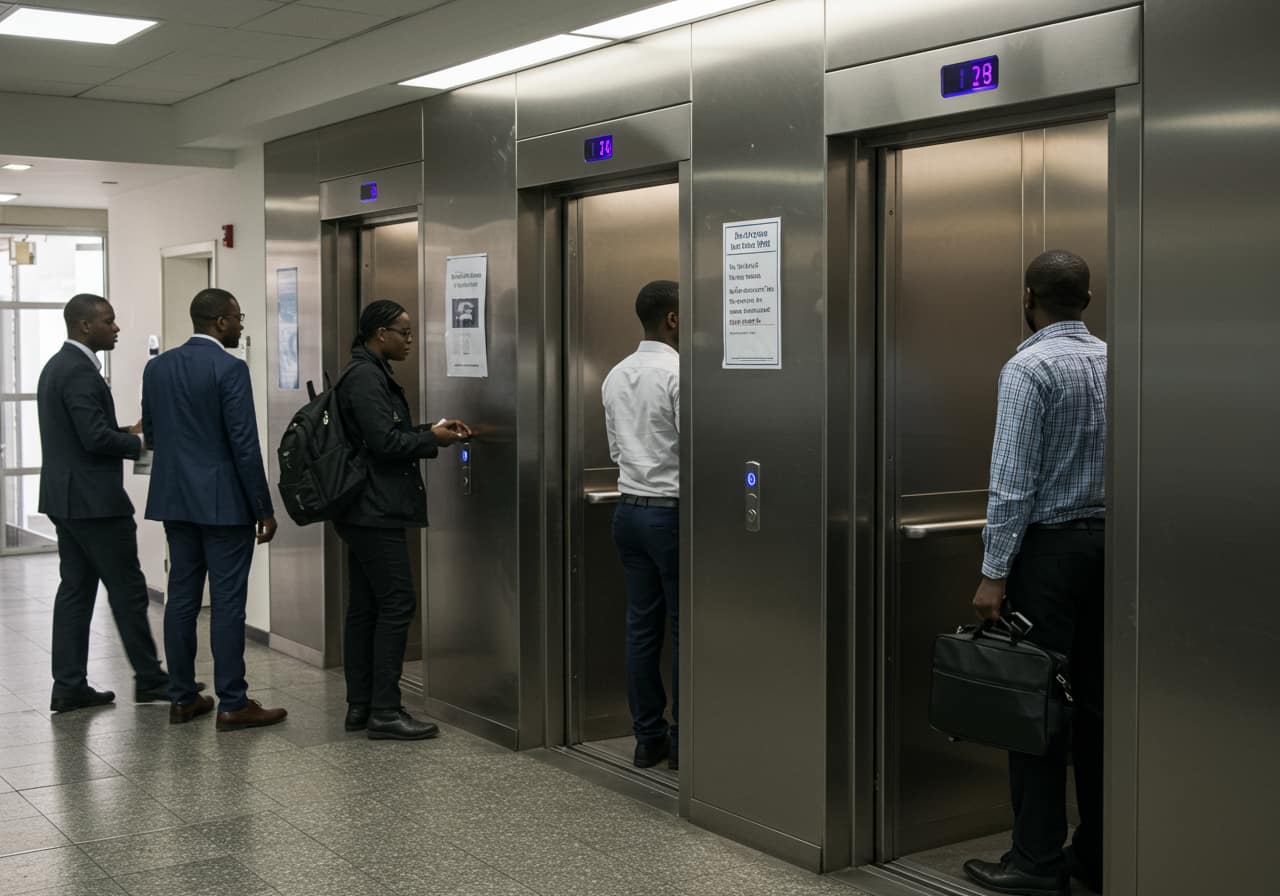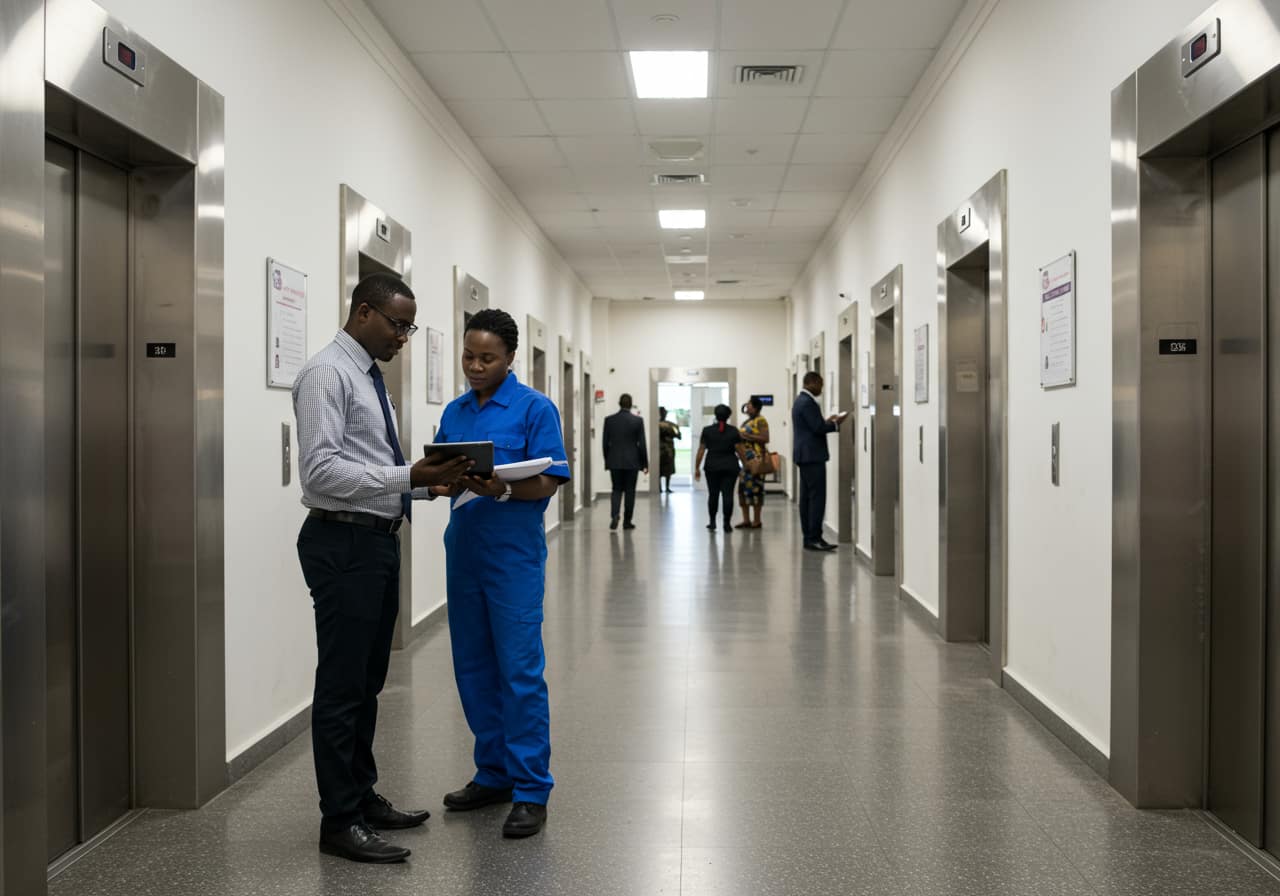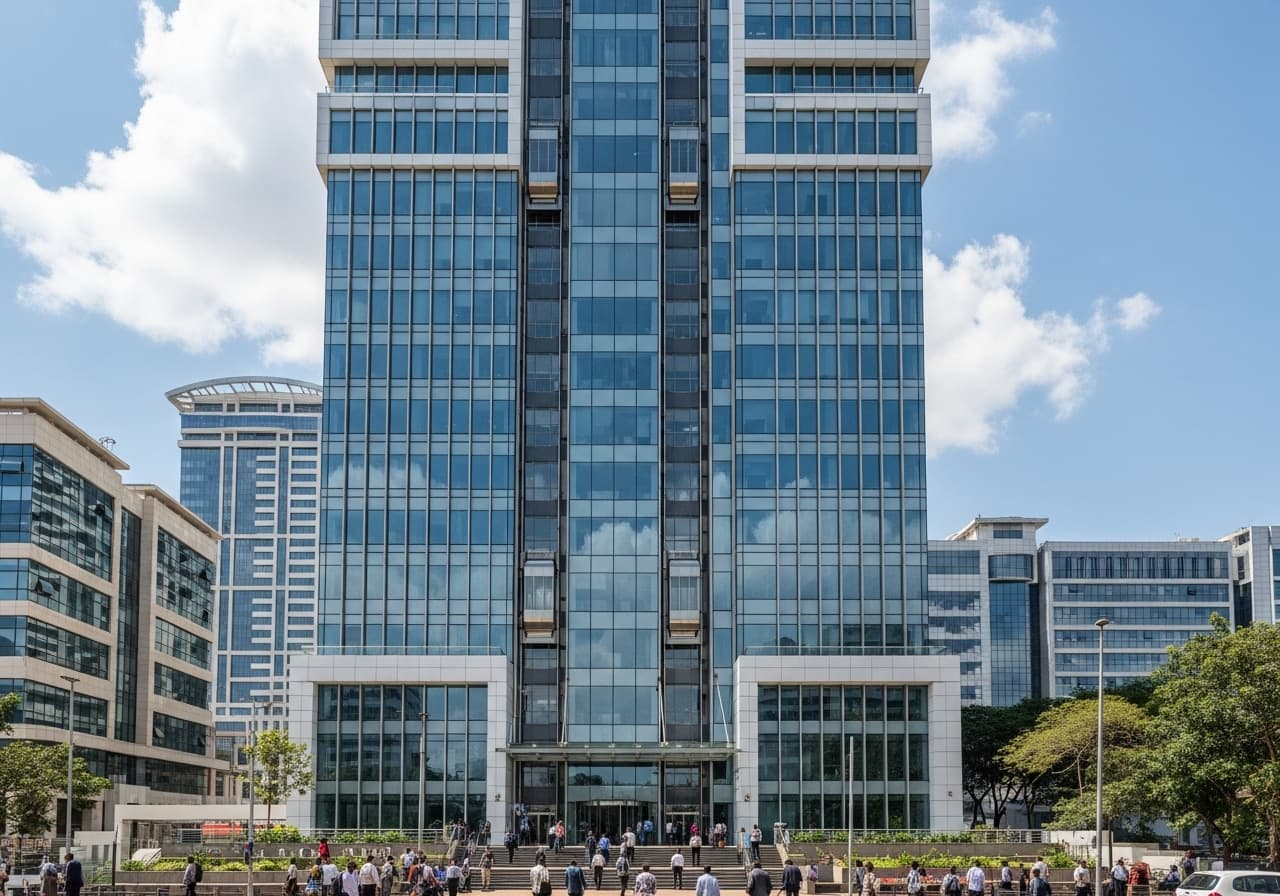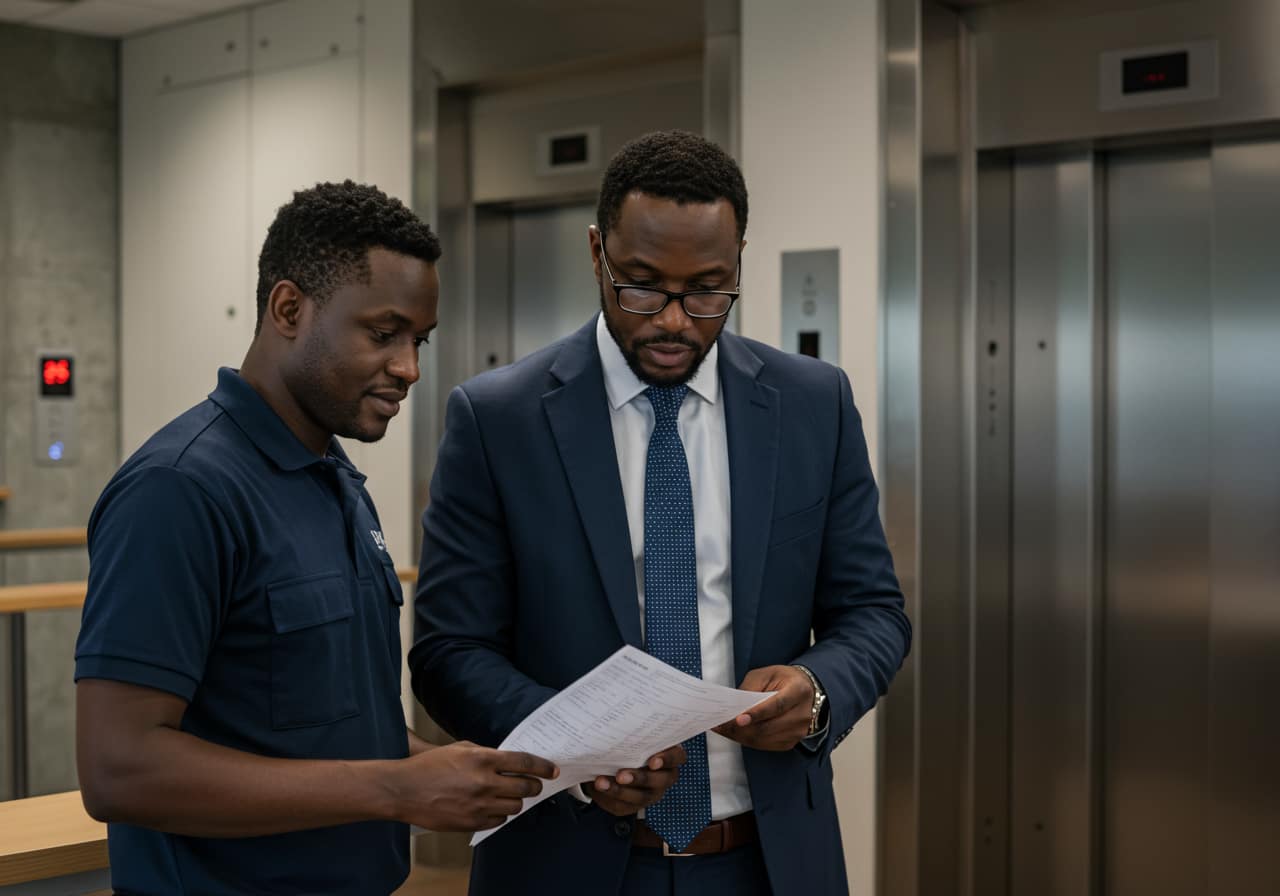Why the Right Choice Matters
Selecting a lift system is not just about moving people between floors. The choice affects safety, energy use, building value, and the everyday experience of tenants and visitors. A well-matched lift system enhances convenience, reduces long-term costs, and ensures compliance with safety and accessibility standards. The wrong choice, on the other hand, can create bottlenecks, higher maintenance expenses, and tenant dissatisfaction.










